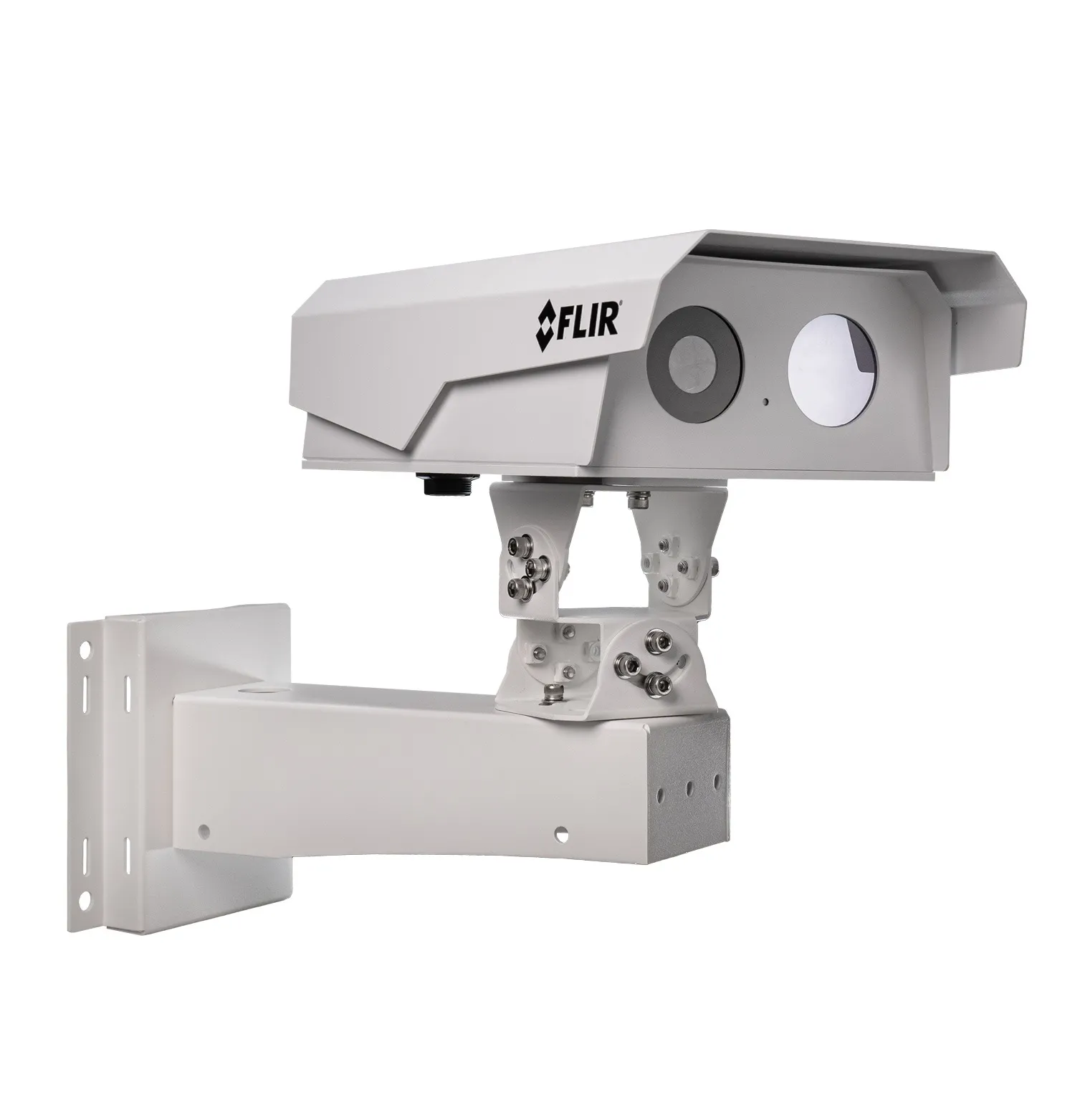In a deal worth around US$16 million, Siemens, in association with local construction company BAM, is supplying the road and tunnel technology for the Leidsche Rijn tunnel in the Dutch city of Utrecht. Siemens will also maintain the installed technology for a period of three years. Handover of the tunnel is scheduled for summer 2015.
The 495 metre long tunnel is designed to relieve traffic congestion in the new Leidsche Rijn district which is currently under construction to the west of Utrecht. The new t
November 14, 2013
Read time: 2 mins
In a deal worth around US$16 million, 189 Siemens, in association with local construction company BAM, is supplying the road and tunnel technology for the Leidsche Rijn tunnel in the Dutch city of Utrecht. Siemens will also maintain the installed technology for a period of three years. Handover of the tunnel is scheduled for summer 2015.
The 495 metre long tunnel is designed to relieve traffic congestion in the new Leidsche Rijn district which is currently under construction to the west of Utrecht. The new tunnel is being constructed close to the existing A2 freeway tunnel, part of one of the most important north-south links in the Netherlands.
Siemens is to supply all the road and tunnel control technology, communication and automation systems. Safety systems to be installed include camera and video surveillance technology based on CCTV, with an integrated automatic incident detection system to detect congestion, accidents and smoke. Modern lighting and ventilation systems use sensors to monitor visibility conditions and air quality. All ventilation, lighting, traffic control and safety systems are linked to and monitored by the SCADA (supervisory control and data acquisition) control system.
The 495 metre long tunnel is designed to relieve traffic congestion in the new Leidsche Rijn district which is currently under construction to the west of Utrecht. The new tunnel is being constructed close to the existing A2 freeway tunnel, part of one of the most important north-south links in the Netherlands.
Siemens is to supply all the road and tunnel control technology, communication and automation systems. Safety systems to be installed include camera and video surveillance technology based on CCTV, with an integrated automatic incident detection system to detect congestion, accidents and smoke. Modern lighting and ventilation systems use sensors to monitor visibility conditions and air quality. All ventilation, lighting, traffic control and safety systems are linked to and monitored by the SCADA (supervisory control and data acquisition) control system.










